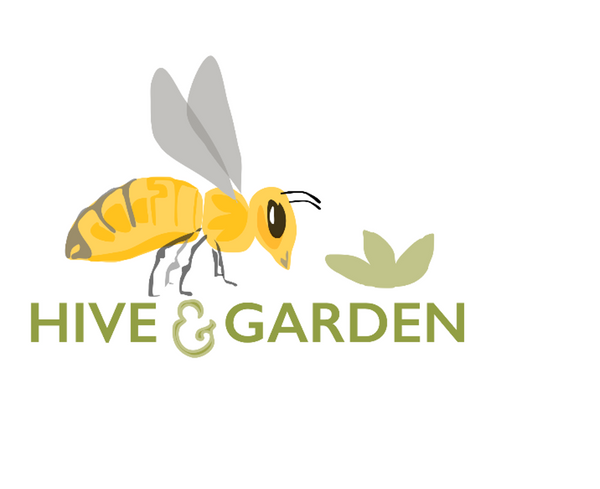Nectar Flow
Share
Now that we have distributed all the packages and nucleus hives for the year, I can breath a little easier and get back to some serious beekeeping. And this is the time to do it. The nectar flow has started here in the Willamette Valley. It is comparatively easy to be a good beekeeper in a strong nectar flow. Colonies make more comb, brood up more profically, and store honey more quickly. So, for a brief and blissful moment we can all pretend to be good beekeepers. The main job is to keep up with the rapid expansion in population. Of course, we know the evil varroa mites are indirectly boosted by the same nectar flow, but let's not talk about them right now, and focus on the positive.
Myself, I am making lots of splits, and generally having a good time with the bees. Like most beekeepers, I carefully watch what the honeybees are foraging on. We are lucky enough to have an extensive bee garden, situated in the Willamette Valley, that we have been cultivating for some years. In our garden, the bees are working the heather, rosemary, native meadowfoam, to name a few of the favorites.
We also have some land in the highland of the Mosier, in the Columbia Gorge, where there is a very special native plant which the Native Americans used for medicine and food. It has a tremendously deep tap root, and blossoms once a year in a spectacular display of yellow. I have often wondered how well the bees forage on this wonderful plant, and so during the bloom this year, I stopped to see if I could see some honeybees foraging on it. I was delighted they were many, enough to speculate they must be getting some nutrition from them. My camera work is not too great, but I hope this picture gives you the idea.
